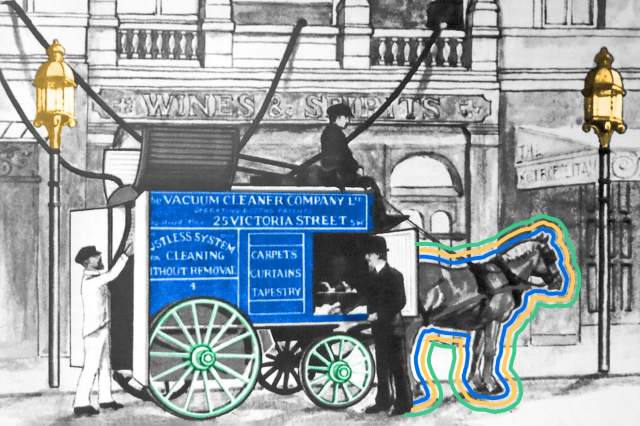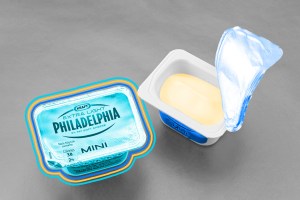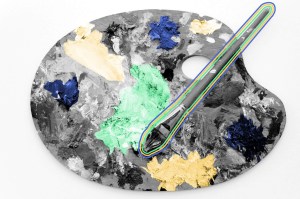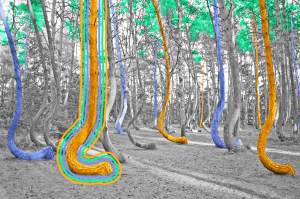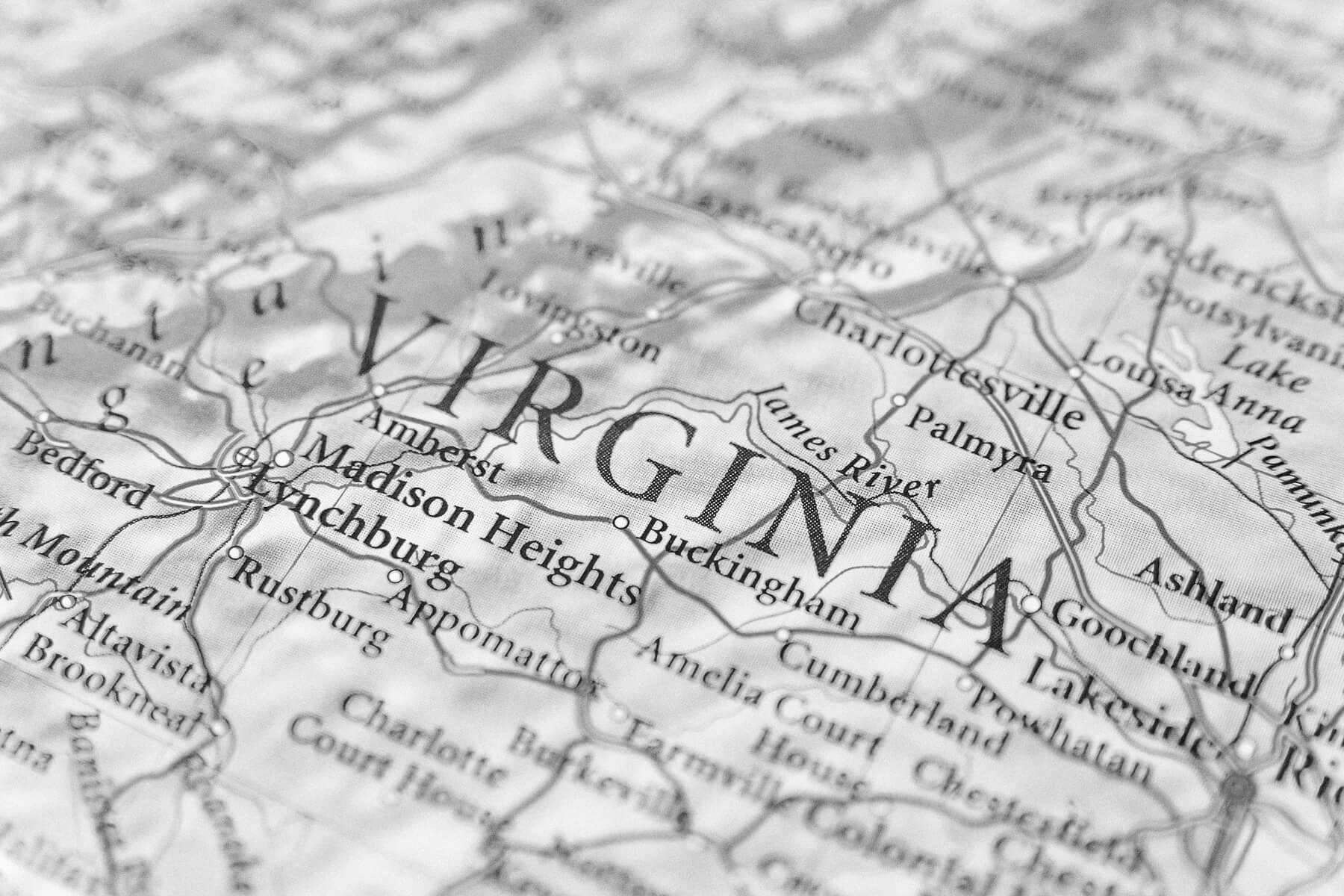
Numbers Don't Lie

The world’s largest vacuum chamber is located at a NASA facility in the U.S. state of ______.

Ready to reveal?
Confirm your email to play the next question?

The world’s largest vacuum chamber is located at a NASA facility in the U.S. state of Ohio.

Engineers in the 19th century used horses to power boats.
Although an animal-powered boat can trace its origins back to Roman times, team boats (also known as “horse boats” or “horse ferries”) became especially popular during the 19th century in the United States. Horses walked either in a circle or in place to turn wheels that moved the boat forward. The first commercially operated horse boat (or any other animal-powered boat) in the U.S. plied the waters of the Delaware River around 1791. Well suited for journeys of only a few miles, horse boats were soon sailing the waters of Lake Champlain as well as the Hudson River before eventually spreading to the Ohio and Mississippi rivers, and the Great Lakes. By the 1850s, these horse-powered creations were largely replaced by paddle steamers — the beginning of the horse’s decades-long slide from supremacy to irrelevancy, at least when it comes to transportation.

